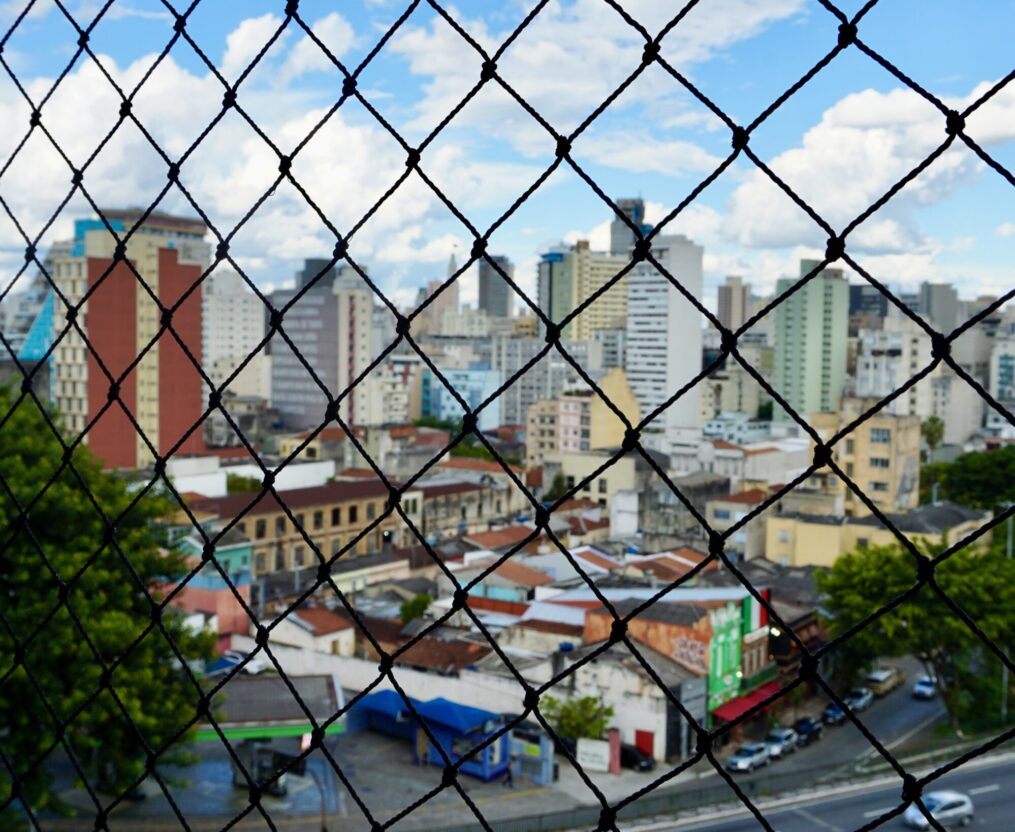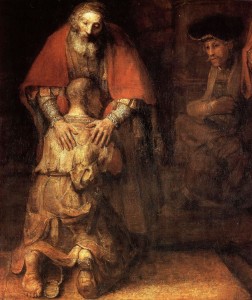“And Jesus said to him, “Foxes have holes and birds of the air have nests, but the Son of Man has nowhere to lay His head.”– Luke 9:58
We had been searching for an apartment for the past few weeks. We were beginning to feel a little lost without a home. We were not homeless but we were without a home.
It has been an interesting few weeks; being without an address. People often ask us why don’t the homeless teens and adults try to get some form of employment. There is definitely no shortage of work but without an address, you are a nobody. We have been without a phone for the past weeks because we needed an address to get a telephone. We couldn’t complete all the necessary paperwork for our Brazilian identity because we did not have a permanent address. Having an address is part of becoming a somebody. You cannot get a job in this place if you are nobody. The problem with the homeless is not that they cannot get a job. They are nobodies until they have an address.
We finally got an apartment. It was not an easy task but we have a place of our own. It is a tiny one bedroom apartment. When you rent an apartment in São Paulo, it is completely empty. There are no stoves, no refrigerator, nothing. You have to buy everything. Rent is not cheap even in the red light district. No one earning the minimum salary can afford an apartment in the red light district. Unfortunately, most of the homeless can only hope for a job that pays the minimum salary.
Jesus was not homeless but he was without a home. He knew what it means not to be somebody in society. However, Jesus was a nobody in society but He changed the world. He invites us to be like him. He did not place his hopes what He possessed. He had treasures where moth and rust cannot destroy.
Now we have an apartment but we still to remember the words of Jesus. Our identity is not in where we live. We have a small apartment. It is spartan but it has everything we need. We live in the same building as our friends. We don’t all our furniture yet but there has been laughter and serious conversations in our house. Our living room is bare and empty but it is filled with conversations. I am glad that we live in a small apartment. I am glad that it took us long to find this place. It has become a special place for us. It reminds us that our Lord gave up even having a small place so that He could be a blessing. We want to use this tiny apartment to bless and be blessed by Him. By the way, we are still waiting for our internet. It might take a while but we have a home to wait for it.




